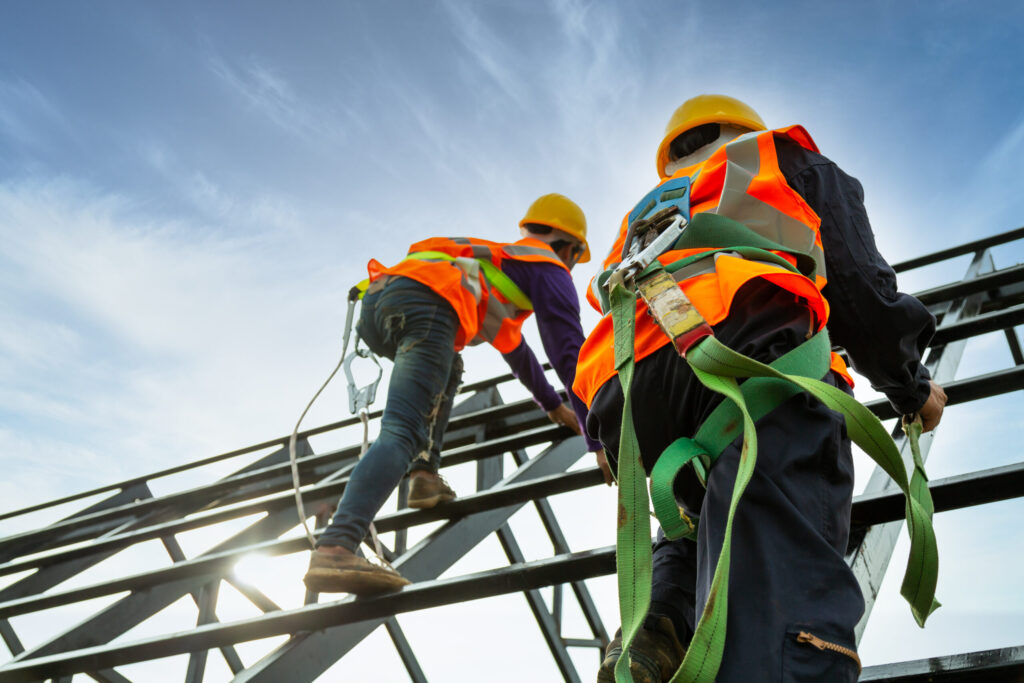Top 4 Construction Hazards

You’re good at your job and you love what you do. However, every time you come to work, you risk suffering an injury. The construction industry is one of the most hazardous in the United States, and many of the injuries that occur on construction sites are caused by these top four hazards: falls, struck-by, caught-in-between and electrocutions.
When you have sufficient knowledge, preventing accidents caused by these hazards is easier than you might think. Here are some basic safety tips to keep you injury-free.
Preventing Falls
Wear and use fall arrest equipment.
Install and maintain perimeter protection.
Cover and secure all floor openings and label floor opening covers.
Use ladders and scaffolds safely.
Preventing Struck-bys
Never position yourself between moving and fixed objects.
Wear high-visibility clothing near equipment and vehicles so that others can see you clearly.
Preventing Caught-in-between Hazards
Never enter an unprotected trench or excavation that is five feet or deeper without an adequate protective system in place. Some trenches that are less than five feet may need a similar system as well.
Make sure that a trench or excavation is protected either by sloping, shoring, benching or a trench shield system.
Preventing Electrocutions
Locate and identify utilities before starting work for the day.
Look for overhead power lines when operating any equipment.
Maintain a safe distance away from power lines and learn your area’s distance requirements.
Do not operate portable electric tools unless they are grounded or double insulated.
Use ground-fault circuit interrupters for protection.
Be alert to electrical hazards when working with ladders, scaffolds or other platforms.
For more information on construction hazards and job-site safety tips, contact INSURICA today.
This is not intended to be exhaustive nor should any discussion or opinions be construed as legal advice. Readers should contact legal counsel or an insurance professional for appropriate advice.







